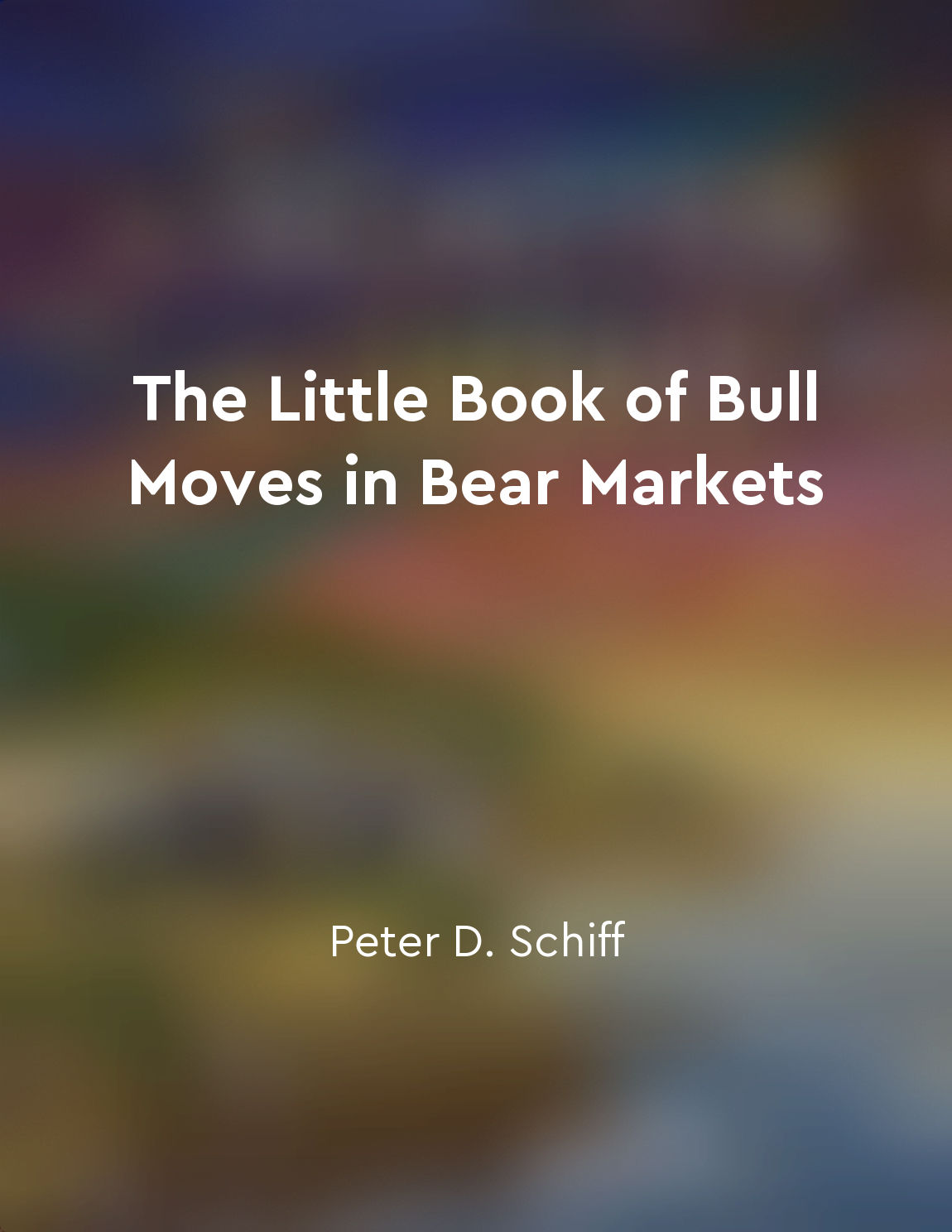Financial bubbles formed again from "summary" of The Great Crash 1929 by John Kenneth Galbraith
The most significant development in the American economy during the 1920s was the creation of a vast speculative bubble in the stock market. This financial euphoria was driven by a belief in the perpetuity of economic growth and prosperity, leading to a frenzy of stock buying and speculation. As prices soared to unsustainable levels, many investors became convinced that they could not lose, that the market was invincible, and that they were destined to become rich beyond their wildest dreams. The speculative bubble was fueled by easy credit, with brokers and banks extending margin loans to investors at unprecedented levels. This leverage magnified both gains and losses, creating a dangerous spiral of debt that threatened to unravel at any moment. Despite warnings from a few astute observers about the unsustainability of the market's ascent, the majority of investors remained blind to the risks, caught up in the collective delusion of ever-rising stock prices. Inevitably, the bubble burst in October 1929, triggering a devastating stock market crash that wiped out billions of dollars in wealth and plunged the country into the Great Depression. The sudden reversal of fortune shattered the illusions of those who had believed in the infallibility of the market, leaving behind a trail of ruin and despair. The lesson of the crash was clear: financial bubbles are inherently unstable and prone to collapse, leading to catastrophic consequences for those caught in their grip. Despite the painful lessons of the past, history has a way of repeating itself. Financial bubbles have formed again and again in the decades since the Great Crash of 1929, driven by the same mix of greed, speculation, and irrational exuberance that characterized the Roaring Twenties. The cycle of boom and bust continues unabated, with each new bubble sowing the seeds of its own destruction, as investors once again succumb to the seductive lure of easy money and quick riches. And so the tragicomic spectacle of human folly plays out once more, as the eternal dance of greed and fear unfolds in the ever-shifting landscape of the financial markets.Similar Posts
Market participants seek to hedge against risks
Market participants are constantly exposed to various risks in the financial markets. These risks can arise from fluctuations i...

Be wary of investments that seem too good to be true
When it comes to investing, it is essential to approach opportunities with a healthy dose of skepticism. If an investment appea...

Seek out knowledgeable financial advisors for guidance
When it comes to navigating the complexities of the financial world, seeking out knowledgeable financial advisors can be crucia...
Wall Street’s blindness to the looming financial crisis
The financial crisis that hit Wall Street in 2008 seemed to come out of nowhere for many people in the financial industry. Desp...
Stock prices plummeted rapidly
Stock prices plummeted rapidly. The decline was rapid and severe. Investors watched in disbelief as the numbers on the ticker t...

Loan officers were incentivized to approve risky mortgages
In the years leading up to the financial crisis, a dangerous dynamic was at play in the mortgage industry. Loan officers, the i...
Too big to fail institutions
The concept of institutions that are deemed "too big to fail" is a controversial one that has sparked heated debates among poli...
The Daoist philosophy can be applied to finance
The Daoist philosophy offers a unique perspective on how to approach finance, emphasizing the importance of harmony, balance, a...

Longterm economic trends can help predict market cycles
Long-term economic trends play a crucial role in shaping market cycles. By examining historical data and analyzing patterns tha...
